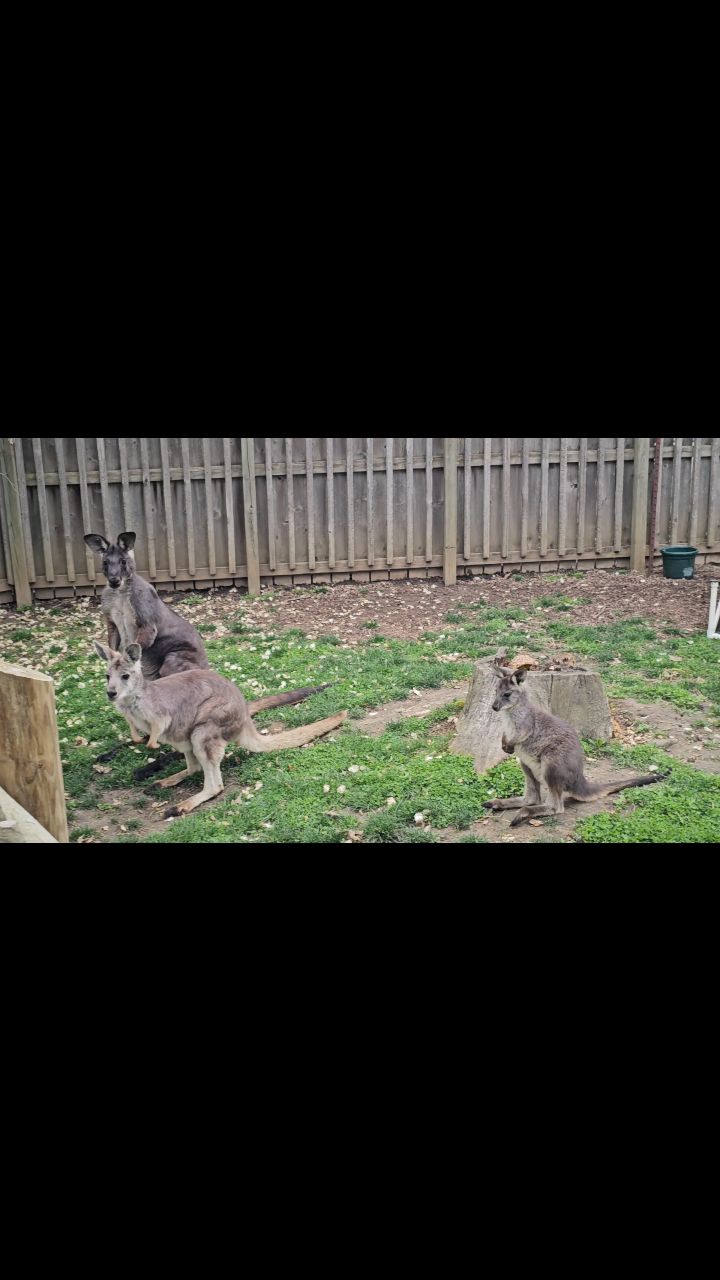- The biology and ecology of kangaroo development and movement patterns in captivity.
- The significance of Irwin’s growth and its impact on animal behavior and habitat structure.
- Insights into zoo management strategies for maintaining optimal health and welfare of kangaroos.
- Conservation efforts for kangaroos, highlighting the role of modern sanctuaries and breeding programs.
- The importance of public engagement and education in fostering wildlife conservation awareness.
Kangaroos are iconic symbols of Australia’s diverse wildlife, captivating audiences with their unique locomotion and ecological role. The growth and development of kangaroos like Irwin provide compelling insights into their biology and behavior, especially in controlled environments such as zoos.
Kangaroo locomotion is characterized by hopping, a form of movement enabled by their powerful hind legs and large feet. This efficient mode of travel covers vast distances with minimal energy. Juveniles, known as joeys, exhibit rapid growth phases that require careful monitoring. In captivity, understanding their physical development helps create environments that simulate natural habitats. Studies show that physical activity is vital for muscle development and skeletal strength, reinforcing the need for spacious enclosures that promote natural behaviors.
Irwin’s remarkable growth reflects the importance of adaptable habitats within zoos. As kangaroos mature, they have increased nutritional needs and require diets rich in fibrous plant material, similar to their wild counterparts. Zoo veterinarians employ advanced nutrition plans tailored for individual growth trajectories, ensuring a balance of nutrients that support health and vitality. Observational studies on Irwin’s interactions within the group provide data on social structures and hierarchy, contributing to a broader understanding of kangaroo behavior.
Maintaining optimal health and welfare for kangaroos in zoos involves more than just meeting physical needs. It requires enriching environments that stimulate mental and behavioral activity. Enrichment activities, such as puzzle feeders and varying terrain, encourage natural foraging and exploration, thereby reducing stress and promoting well-being. Regular health assessments, including weight monitoring and mobility evaluations, are crucial. These assessments help detect any growth abnormalities or health issues early on, ensuring timely interventions.
Conservation efforts for kangaroos are crucial in light of habitat loss and climate change. Zoos and wildlife parks play a pivotal role in these efforts by serving as genetic reservoirs and participating in breeding programs aimed at sustaining viable populations. Collaboration with conservationists and researchers has led to breeding techniques that enhance genetic diversity and minimize inbreeding. Initiatives that involve local communities in conservation activities foster a conservation ethic and promote sustainable wildlife management practices.
Public engagement and educational programs are vital in raising awareness about wildlife conservation. Zoos offer unique opportunities for the public to learn about kangaroos and broader conservation challenges. Interactive exhibits, informative panels, and educational talks about Irwin and his habitat offer visitors a tangible connection to wildlife. These programs emphasize the importance of preserving natural habitats and protecting threatened species.
In conclusion, the growth and development of kangaroos like Irwin provide valuable insights into their biology and the essential components of effective zoo management and conservation strategies. By focusing on health, enrichment, and community involvement, zoos contribute significantly to wildlife conservation goals and inspire a deeper appreciation for these remarkable animals. Efforts to engage and educate the public are paramount in fostering a sense of responsibility and action towards safeguarding the future of wildlife.
*****
Source Description
Irwin hops!
He’s growing by literal leaps and bounds to keep up with mom and dad!


